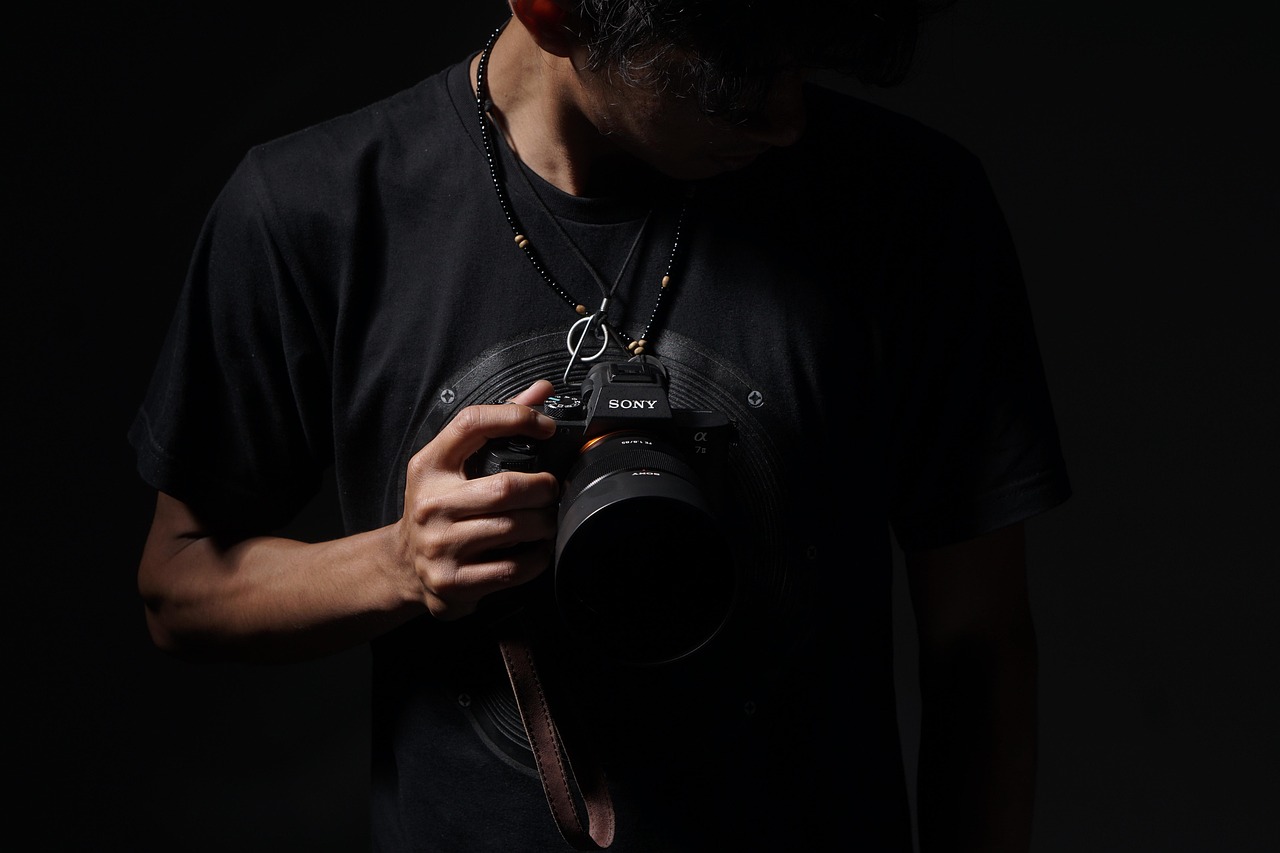Canon and Its Different Cameras for Different Uses
Exploring Canon’s Camera Ecosystem, Strengths, Weaknesses, and the Best Match for Every Photographer
Introduction: The Legacy
Canon is a household name in photography, synonymous with innovation, reliability, and performance. Since its inception in 1937, Canon has been a leader in developing cutting-edge camera technologies that serve everyone, from casual shooters and hobbyists to elite professionals and filmmakers.
But with a wide and evolving lineup that includes DSLRs, mirrorless cameras, point-and-shoots, and cinema systems, many people wonder: Which Canon camera is right for me? The answer depends on what you shoot, how often you shoot, and what level of control and quality you require.
In this guide, we’ll walk through the main categories of Canon cameras, exploring their advantages, disadvantages, and ideal uses—helping you find the perfect camera for your unique needs.
1. Canon DSLR Cameras: The Traditional Powerhouses
Overview
Canon’s DSLRs have long been the gold standard for professional and enthusiast photography. From the Rebel series to the iconic 5D and 1D lines, DSLRs are durable, versatile, and capable of delivering exceptional image quality in various conditions.
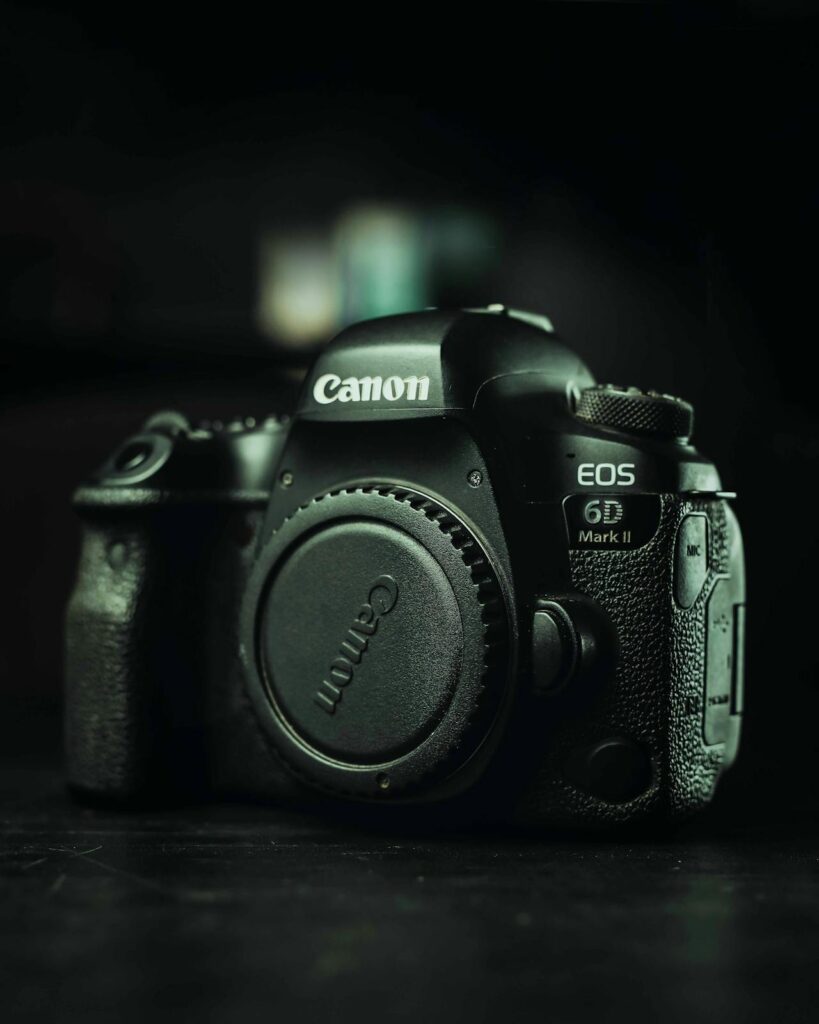
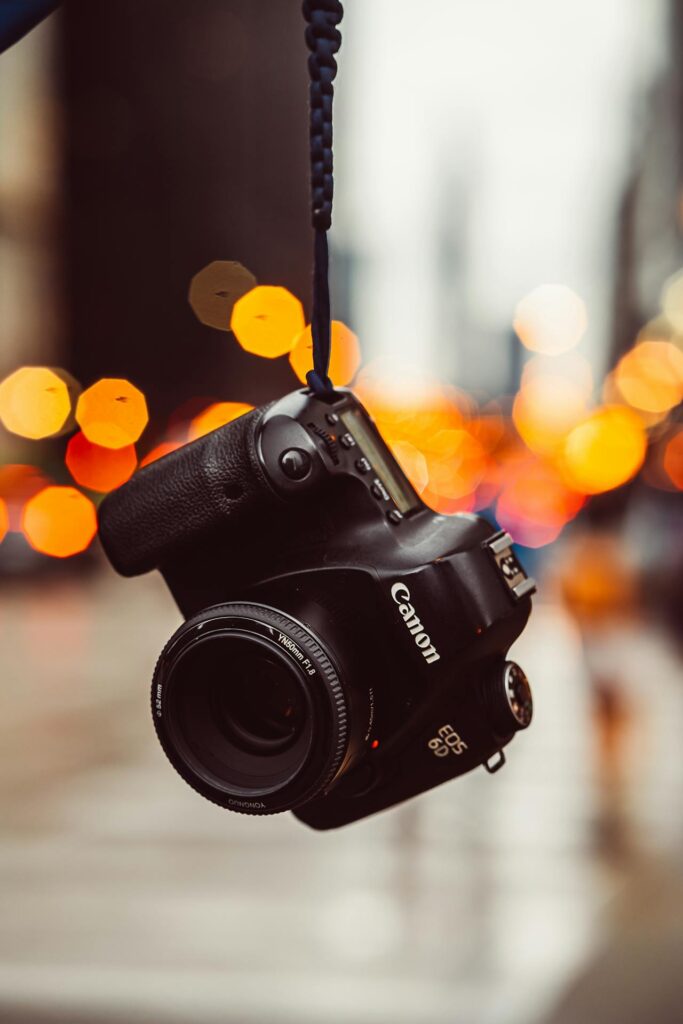
Popular Models
- Entry-Level: Canon EOS Rebel T7 / T8i
- Mid-Range: Canon EOS 90D
- Professional: Canon EOS 5D Mark IV, Canon EOS-1D X Mark III
Advantages
- Robust Build Quality: Ideal for tough environments.
- Long Battery Life: Optical viewfinders save power.
- Wide Lens Selection: Decades of EF/EF-S lens options.
- Dual Pixel AF (in Live View): Excellent autofocus during video recording.
- Optical Viewfinder: Real-time viewing with zero lag.
Disadvantages
- Bulky and Heavy: Less ideal for travel or vlogging.
- Outdated in Some Areas: Slower innovation compared to mirrorless.
- Mirror Mechanism: Limits silent shooting and increases mechanical wear.
- Video Limitations: Inferior to mirrorless rivals in 4K capabilities and focus tracking.
Best For:
- Traditionalists who love the optical viewfinder experience.
- Wildlife and sports photographers (especially with the 7D/1D series).
- Event shooters and portrait photographers.
- Those who already own Canon EF lenses.
2. Canon Mirrorless Cameras: The Modern Game-Changers
Overview
Canon’s mirrorless cameras—especially the EOS R series—are the future of the brand. Smaller, faster, and packed with modern tech, these cameras have quickly become favorites among both professionals and creators on the go.
Popular Models
- Entry-Level: Canon EOS R50, EOS R10
- Mid-Range: Canon EOS R7, EOS RP
- Professional: EOS R5, EOS R6 Mark II, EOS R3
- Flagship: Canon EOS R1 (expected 2025)
Advantages
- Compact and Lightweight: Easier to carry, especially with RF-S lenses.
- Electronic Viewfinder (EVF): Real-time exposure preview.
- Advanced Autofocus: Eye-tracking, subject tracking, and deep learning AI in R5/R6/R3.
- High Frame Rates: Up to 30fps burst with silent shooting.
- IBIS (In-Body Stabilization): Available on R5, R6, R7 for smoother handheld shots.
- Superior Video Specs: 4K/60p, 8K, 10-bit internal recording on higher-end models.
Disadvantages
- RF Lens Cost: New lenses are expensive, especially pro-grade glass.
- Shorter Battery Life: EVFs consume more power.
- Fewer Native Lenses (Compared to EF): Though growing quickly.
- Overheating in Some Models: Notably early R5 units during 8K or long 4K shooting.
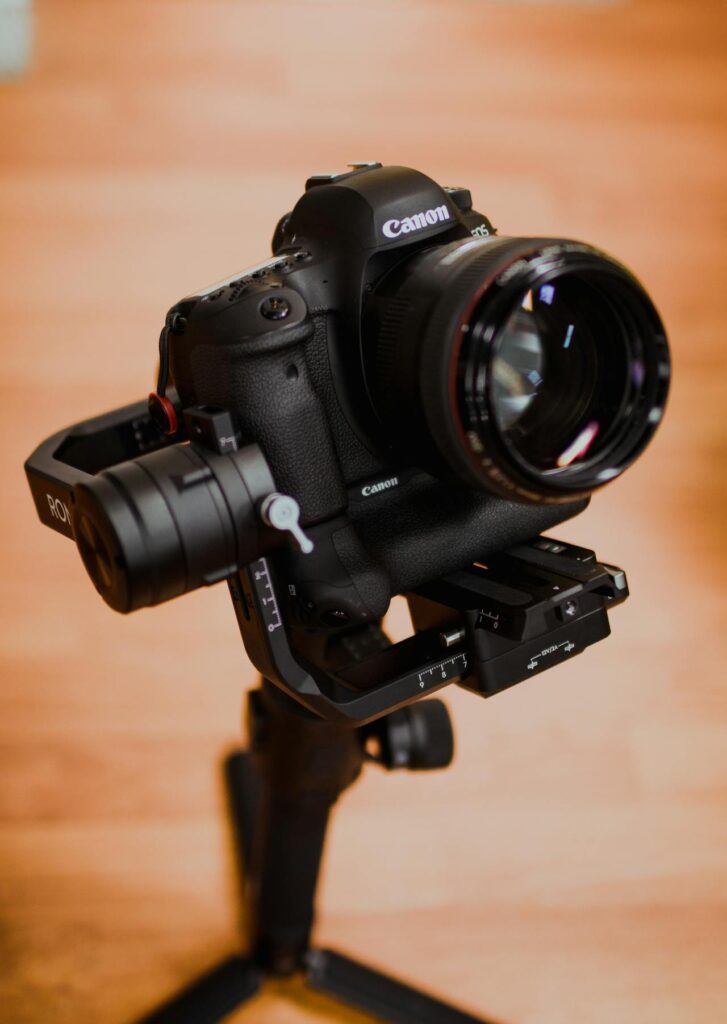
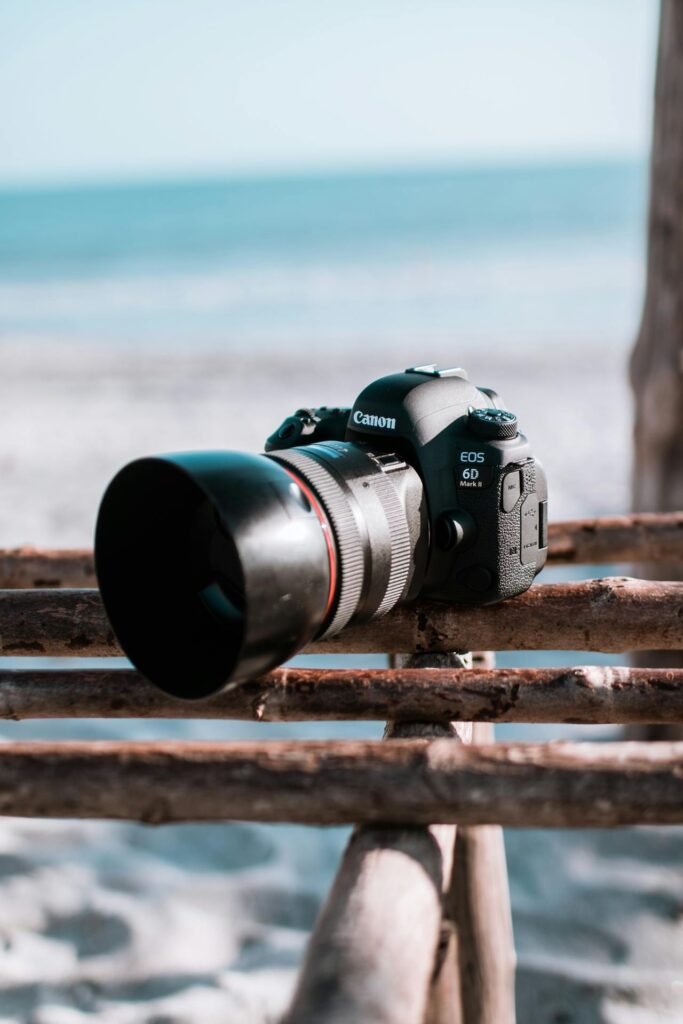
Best For:
- Hybrid shooters (photo + video).
- Wedding, portrait, and commercial photographers.
- Content creators and YouTubers.
- Those who want cutting-edge autofocus and silent shooting.
3. Canon PowerShot Series: Compact and Capable
Overview
Canon’s PowerShot series is a collection of compact cameras designed for casual users, travelers, and vloggers. These cameras prioritize convenience and portability over manual control and large sensors.
Popular Models
- Budget: Canon PowerShot ELPH 360 HS
- Travel/Zoom: PowerShot SX740 HS
- Vlogging: PowerShot G7 X Mark III
- Premium Compact: PowerShot G5 X Mark II
Advantages
- Pocket-Sized: Extremely portable for travel and spontaneous shooting.
- Zoom Reach: Some models offer 40x or even 65x optical zoom.
- Great for Vlogging: Flip-up screens, mic input (G7 X III), and stabilization.
- No Lens Swapping Needed: All-in-one convenience.
- Budget-Friendly Options: Ideal for non-professionals.
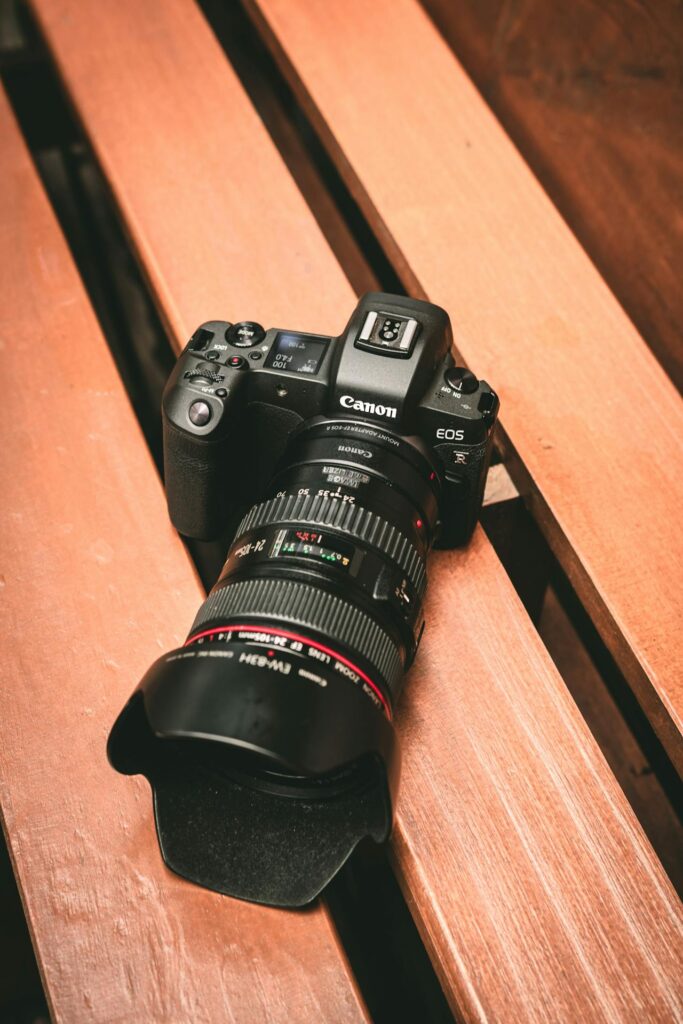
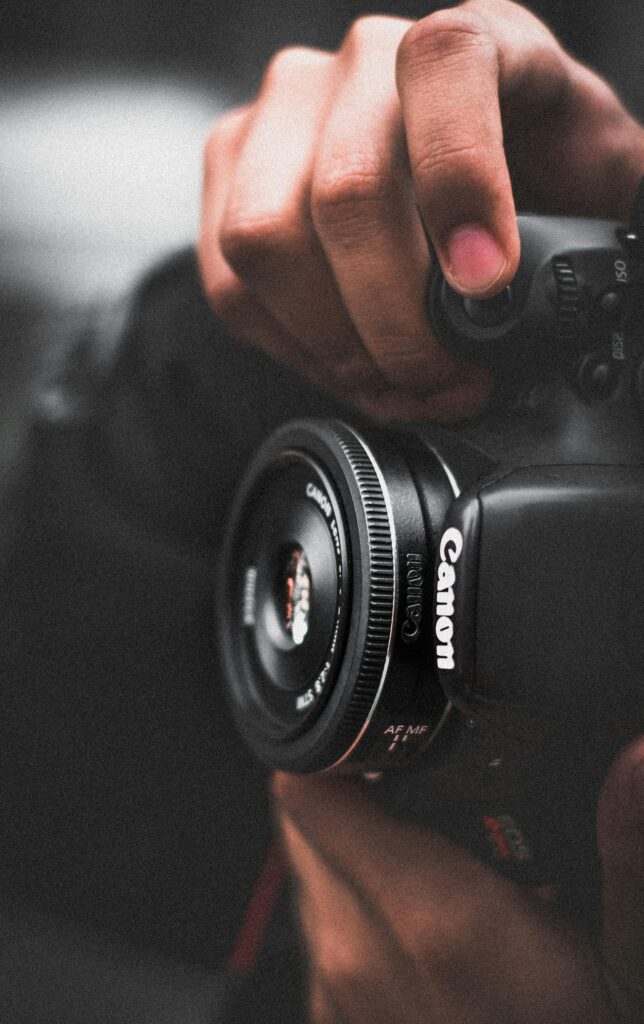
Disadvantages
- Small Sensors: Limited dynamic range and low-light performance.
- Limited Manual Controls: Not great for full creative flexibility.
- No Interchangeable Lenses: You get what you buy.
- Some Are Outdated: PowerShot line hasn’t been updated aggressively.
Best For:
- Everyday snapshots and family use.
- Travelers who need zoom but not bulk.
- Beginner YouTubers or vloggers.
- Budget-conscious shooters who want better than a smartphone.
4. Canon Cinema EOS Line: Professional Video Production
Overview
Canon’s Cinema EOS line is designed for professional filmmakers, broadcasters, and high-end content creators. These cameras offer unparalleled control over image, color, codec, and lens versatility.
Popular Models
- Entry/Prosumer: Canon EOS C70
- Mid-Range: Canon EOS C300 Mark III
- Flagship: Canon EOS C500 Mark II, Canon C700 FF
Advantages
- Superior Video Quality: 10-bit, 12-bit RAW, Canon Log 2/3 profiles.
- Professional Inputs: XLR audio, SDI outputs, time code sync.
- Modular Design: Mount accessories for any production need.
- Reliability: Built for long-form production without overheating.
- Lens Compatibility: RF/EF cinema lenses and adapters.
Disadvantages
- Expensive: A significant investment.
- Large and Heavy: Requires rigging and support gear.
- Steep Learning Curve: Designed for professionals.
- Not Ideal for Stills: Still photography is not the priority.
Best For:
- Film and documentary production.
- Commercial video and TV.
- High-end YouTube and Netflix-approved content.
- Directors of photography needing total control.
5. Canon EOS M Series: The Phased-Out Middle Ground
Overview
The EOS M series was Canon’s first foray into mirrorless and included compact APS-C cameras. However, with the rise of the EOS R mirrorless line, Canon has shifted focus, and the M line is slowly being phased out.
Popular Models
- Canon EOS M50 Mark II
- Canon EOS M6 Mark II
Advantages
- Compact and Lightweight: Even smaller than many R-series bodies.
- APS-C Sensor: Better quality than compact point-and-shoots.
- Vlogger-Friendly: Flip screens and microphone inputs.
- Affordable: Lower cost than R-series.
Disadvantages
- Limited Lens Selection: EF-M lenses are few in number.
- No Upgrade Path: EF-M mount is not forward-compatible.
- Abandoned by Canon: No new releases or development since 2022.
- Poor Video Autofocus on Early Models.
Best For:
- Entry-level photographers who don’t plan to upgrade.
- Travel vloggers needing a compact 1080p/4K option.
- Casual shooters with low budget expectations.
6. Specialized Canon Cameras (DSLR/Mirrorless) for Specific Uses
A. For Wedding Photography
- Best Canon Picks: EOS R6 Mark II, EOS R5, EOS 5D Mark IV
- Why: Fast and accurate autofocus, dual card slots, great low-light performance, silent shooting.
B. For Wildlife and Sports
- Best Canon Picks: EOS R7, EOS R3, EOS-1D X Mark III
- Why: Fast burst rates (up to 30fps), long battery life, great weather sealing, excellent tracking autofocus.
C. For Landscape and Travel
- Best Canon Picks: EOS R5 (45MP), EOS R6 II, Canon 90D
- Why: High resolution, in-body stabilization, dynamic range, lightweight mirrorless options.
D. For Vlogging and Content Creation
- Best Canon Picks: EOS R50, R10, G7 X Mark III, EOS M50 II
- Why: Flip-out screens, mic inputs, lightweight bodies, fast autofocus.
E. For Studio and Product Photography
- Best Canon Picks: EOS R5, Canon 5DS R (50MP DSLR), EOS R3
- Why: High resolution for detail, excellent color reproduction, reliable tethering options.
Final Thoughts: Matching Canon Cameras to Your Vision
Canon’s camera ecosystem is vast, but with that variety comes opportunity. Whether you’re a beginner learning the basics, a traveler capturing adventures, a creative producing cinematic footage, or a seasoned pro demanding perfection—Canon has a solution designed for your goals.
The secret to choosing the right camera isn’t just about specs. It’s about understanding how a camera will serve your vision, how it handles in the real world, and how it grows with you as your skills and ambitions evolve.
So don’t just chase megapixels. Instead, find the Canon camera that empowers your creativity, complements your lifestyle, and becomes your trusted partner in telling stories—one frame at a time.
